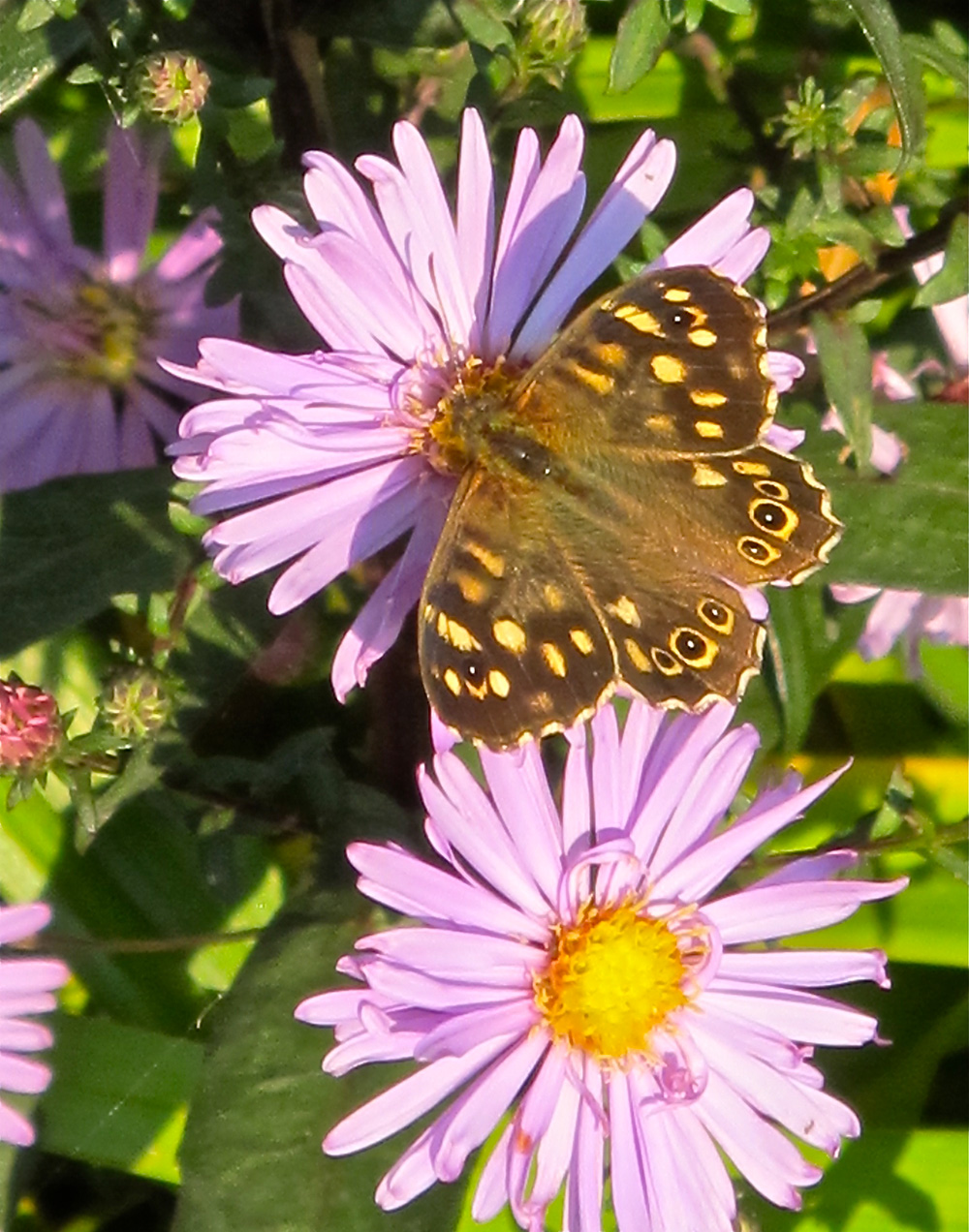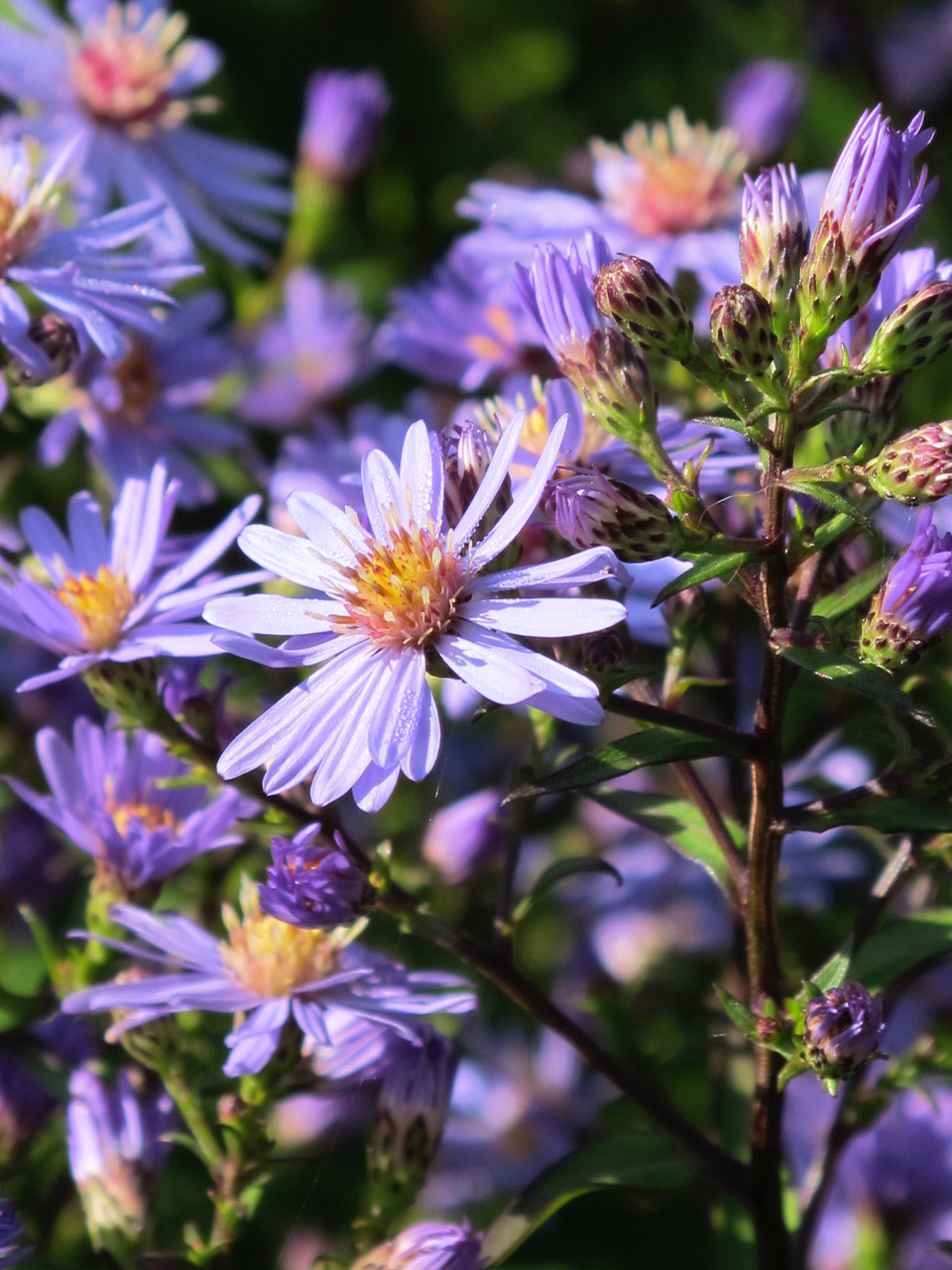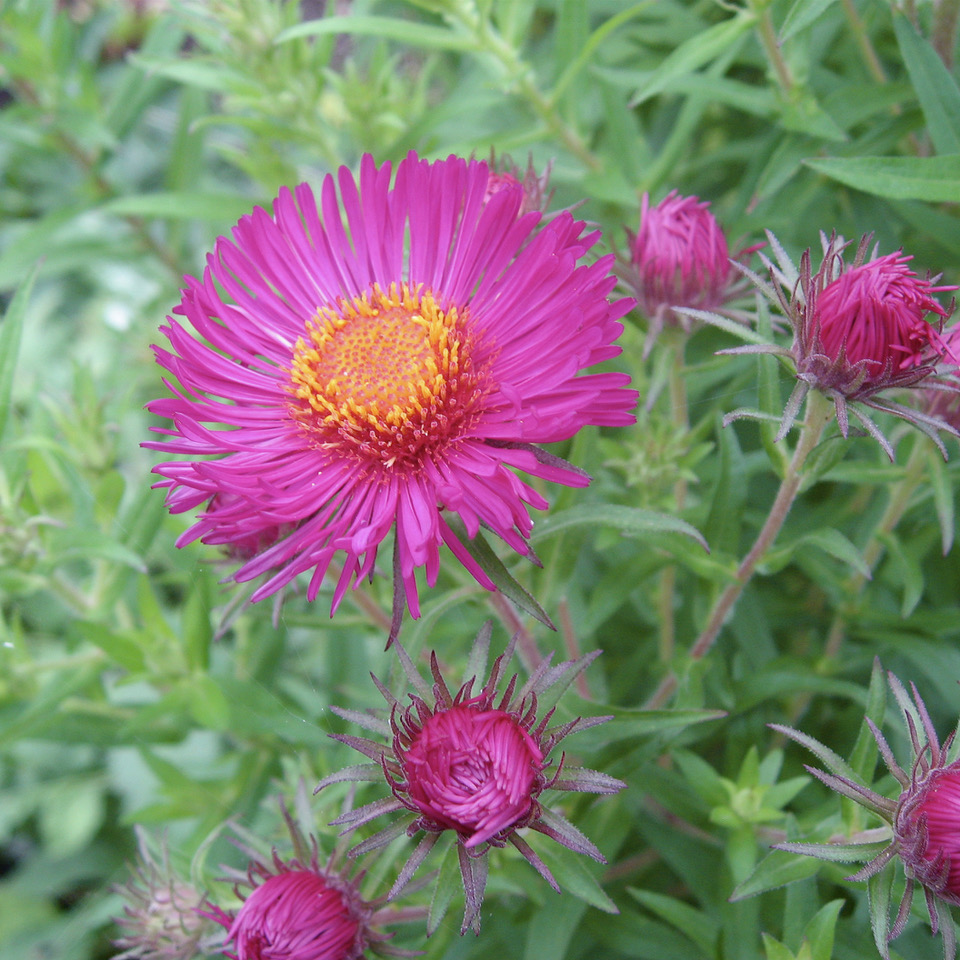I share a trait with the late Queen Elizabeth, only one you understand. Just like our late, and much-missed majesty, I religiously tune into the weather forecast. And just like her, I love it when Tomasz Schafernaker is in charge. It’s rumoured that the late Queen Elizabeth developed quite a crush on this softly spoken, rather boyish meteorologist. Well, I haven’t gone that far, but Tomasz gets my vote because he delivers a detailed weather forecast at a slow pace. One that I can actually understand.
The Best Beloved does not share my enthusiasm for Tomasz or his weather reports. He advises me to look out of the window instead. Gardeners were reduced to doing that in the Second World War, because weather forecasts were suspended in case the promise of a fine and settled spell prompted an invasion. All I can say is, the weather’s important to gardeners especially when you reside in a high-altitude village called Cold Aston, as I do. We’re not cushioned by city skyscrapers, radiating out heat. We’re not close to a fast-flowing river and we’re about as far from the sea as it’s possible to be, so midwinter has a bite. Nothing gets between us and the wind, the rain and the cold. We get the lot. I should have known, after all the clue is in the village name.

If you’re a weather watcher or gardener, it can’t have escaped your notice that the UK’s summer of 2024 was disappointing. And that’s the polite way of putting it. This summer, if you can call it that, was the coolest since 2015 and it followed an extremely wet winter and spring. As a result, there have been very few bees, butterflies and wasps on the wing so I’m hoping for a warm, sunny autumn in the hopes that numbers will recover before winter bites. If the sun does shine, they’ll fly and, if they do, they’ll find plenty of pollen and nectar in my garden.
The daisy is king at this time of year and North American asters, particularly those now called Symphiotrichum, will perform in the second half of September into October. The New England asters, Sympyotrichumn novae-angliae, are the ones to plant. They’re undemanding, because they don’t need regular division and they perform in drier conditions, should they need to, without getting mildew. Moisture-loving New York asters, Symphyotrichum novi-belgii, are a martyr to mildew and they also disappear if they’re not divided every year or so. I shun the lot of them.
The New Englanders need to be placed in the middle of the border, because the lower leaves can look shabby by the time they flower in September. They have woody upright stems, so there’s no staking, and they generally reach between 3 and 4 feet, or roughly just over I metre, in height. They’ll be taller on richer ground though. There are several daisies per stem and colours include pinks, purples and whites.

These late-September and early October daisies attract some of our larger butterflies and I am hoping to see speckled woods, painted ladies, small tortoiseshells, peacocks and red admirals nectaring on the golden central discs. Excellent New England asters include a rich-purple named ‘Helen Picton’, a purple-red named ‘James Ritchie’ and ‘Lachsglut’ which is an eye-catching cerise-pink and less-harsh than the commonly sold strident-pink ‘Andenken an Alma Pötschke’.
I’m also growing Symphyotrichum laeve ‘Calliope’, for its upright shiny black stems and large lavender-blue daisies. The other must-have is ‘Little Carlow’, grown for its feathery foliage and small blue flowers. The best place to see and buy asters, among many other things, is Old Court Nurseries & Picton Garden at Colwall near Malvern. They do mail order and plants will be sent out next spring. Pot-grown plants are for visiting customers. www.autumnasters.co.uk They also specialise in succulents, ferns and snowdrops.

Smaller butterflies, such as common blues, prefer scabious and one combination that pleases me (and the bees and butterflies) is the wiry-stemmed lemon-flowered Scabiosa columbaria subsp. ochroleuca woven through willowy purple Verbena bonariensis. The bumblebees are drawn to the pallid-yellow scabious, rather than the verbena, but the smaller butterflies use both. These both like sunny positions and reasonable drainage and both easily raised from seeds. Try Chiltern Seeds – www.chilternseeds.co.uk
Devil’s bit scabious, Succisa pratensis, needs moister soil, but it’s great insect plant for hoverflies and bees. The rounded darker blue flowers appear in August through to September and you can acquire some named forms, including the shorter ‘Peddar’s Pink’ and the taller ‘Derby Purple’. There’s also a more available similar plant with grey-blue bobbles, Succisella inflexa ‘Frosted Pearls’. This will flower in August and it’s a hoverfly magnet.
Most of the hoverflies we find in our gardens have insect-eating maggot-like larva. Female hoverflies lay one egg close to aphid outbreaks so they are definitely a gardeners’ friend and they should be encouraged. The largest is Volucella zonaria, a species that scavenges on the debris found at the bottom of wasp nests.

September also sees a blaze of golden-yellow, because lots of North American prairie plants flowers now. Some of the tall yellow daisies are invasive thugs and I am about to eradicate two of them. Helianthus ‘Lemon Queen’ fails to do well in dry summers. Conversely, if it’s a wet summer, it forms huge clumps two metres wide. It will have to go, as will the paler yellow ‘Sheila’s Sunshine’. This pops up at random across the autumn border and the flowers chase the sun. We’re south-facing so I only see the back of the flowers of both. Rudbeckia laciniata ‘Herbstonne’, on the other hand, forms an upright clump that rises to five feet (1.5m). The bright-yellow petals surround a brown cone and these daisies are horizontal so they look like a series of spinning plates from every angle.
If you want something shorter in the yellow daisy line, but equally crisp, Deam’s sunflower is one of my Top Ten Plants for a Desert Island. The name, Rudbeckia fulgida var. deamii may be tricky to remember, but do track it down because the narrow-petalled yellow daisies have great poise and they last for weeks. ‘Goldsturm’, although similar, is seed-raised and variable.

Last year’s wet winter saw off one of my favourite rudbeckias, R. triloba. The small 10-pence sized flowers smother the bush and I always try to grow it, despite the fact that it has a short-lived tendency. My other missing person, or almost missing because one stem has appeared, is another rudbeckia called R. subtomentosa ‘Henry Eilers’. This columnar plant doesn’t make a wide clump, but the quilled yellow petals are exquisite. Plant in threes or fives for the best effect.
Enjoy the late-flowering daisies, but don’t be tempted to divide them up after flowering. Cut them back and leave them until they begin to appear next spring and then lift and divide. Use the outer pieces: they’re more vigorous.











